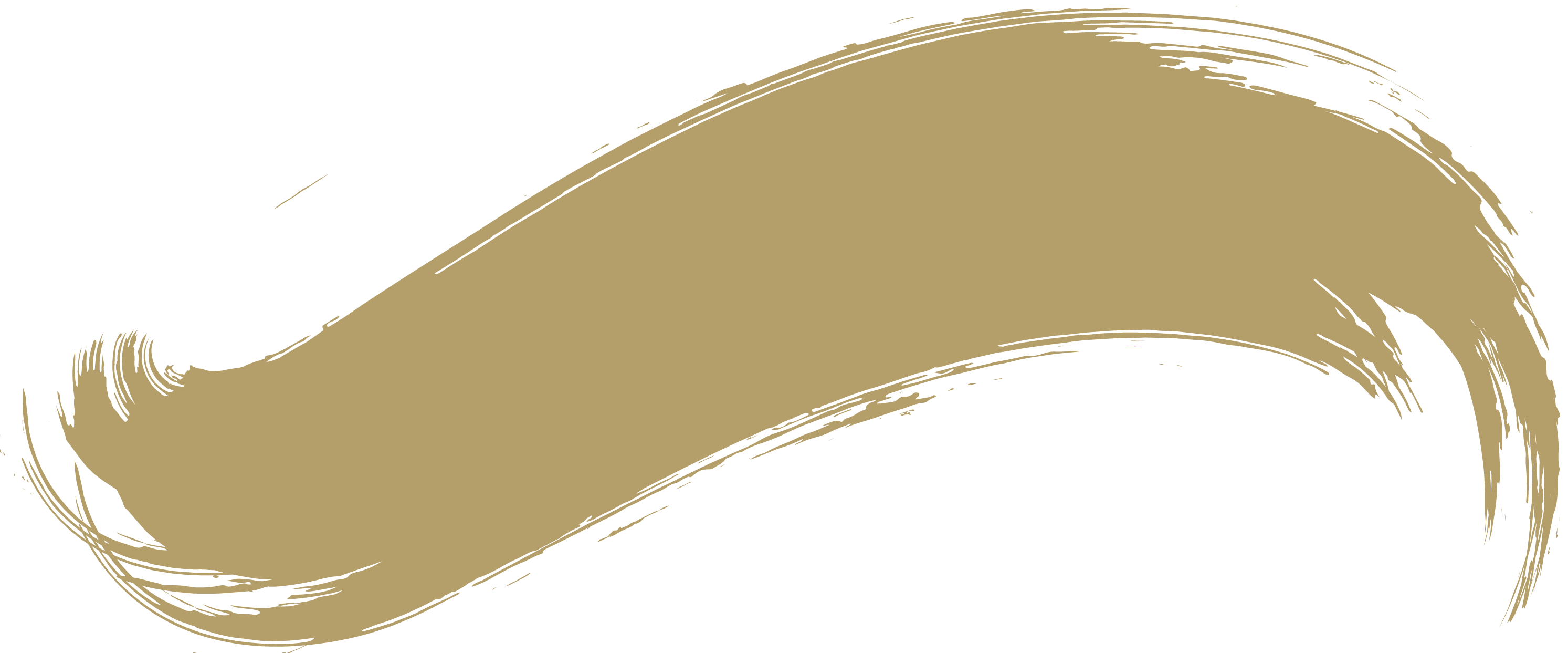As the world’s arid regions grow drier and rising temperatures lead to greater evaporation and plant transpiration, the need to reduce our water footprint has never been more important. Despite the critical nature of the current water crisis, there are beneficial actions that can be taken at both community and individual levels.
One such collective action is the profiling of the Glen River, Co. Cork. At one time known as ‘Glen of the Spooks’, the project takes the name ‘Gleann a’ Phúca’ as a term for engagement with The Glen River Park. ‘Gleann a’Phúca’ celebrates the ecological, cultural, industrial, and historical heritage that exists within this ancient glacial valley and urban park in Cork City. ‘Gleann a’Phúca’ aims to document, co-create and develop material that will acknowledge and enrich awareness of the Glen River, bringing voices together to celebrate its place in the city and in the imaginations of park users.
The ‘Gleann a’Phúca’ website will be an online art project – an artistic living archive and a repository for creative activity in the Glen River Park. An ongoing blog curated by lead artist, Julie Forrester, will have ongoing contributions from invited artists, ornithologists, ecologists, climate change activists and Glen enthusiasts. We spoke to Julie about the unique project.
Q: How did ‘Gleann a’Phúca’ originate?
Julie: ‘Gleann a’Phúca’ arose out of a deep mapping project I began during the lockdowns of the pandemic. I was one of a group who were also drawn into this river valley, who were doing monthly litter pick ups in the park. I was hearing more about different walkers’ connections with the place and also learning about the rich industrial and cultural heritage of the park. I began a Facebook page, ‘Friends of The Glen’, where we posted notices about upcoming litter pick ups and our progress in cleaning up the river. This page became a holding place for our stories and discoveries about the Glen. I was keeping a blog, ‘Narratives with Nature – The Glen River Diaries’, where I was logging the minutiae of my connection with the area. That then transformed into the deep mapping project known now as ‘Gleann a’Phúca’.
Q: That’s really interesting! As time went on, how did the project develop?
Julie: As my connection with the park deepened, I became aware that the Glen River needed more of a profile in the city to acknowledge its unique ecology and to protect it from encroaching urban development. I invited other artists to make a response to the place through an open call for expressions of interest. More than 30 artists responded and six were selected to develop their ideas into propositions for public engagement. By now, my role was becoming more of an organiser than an artist. I was also becoming more of an activist.






